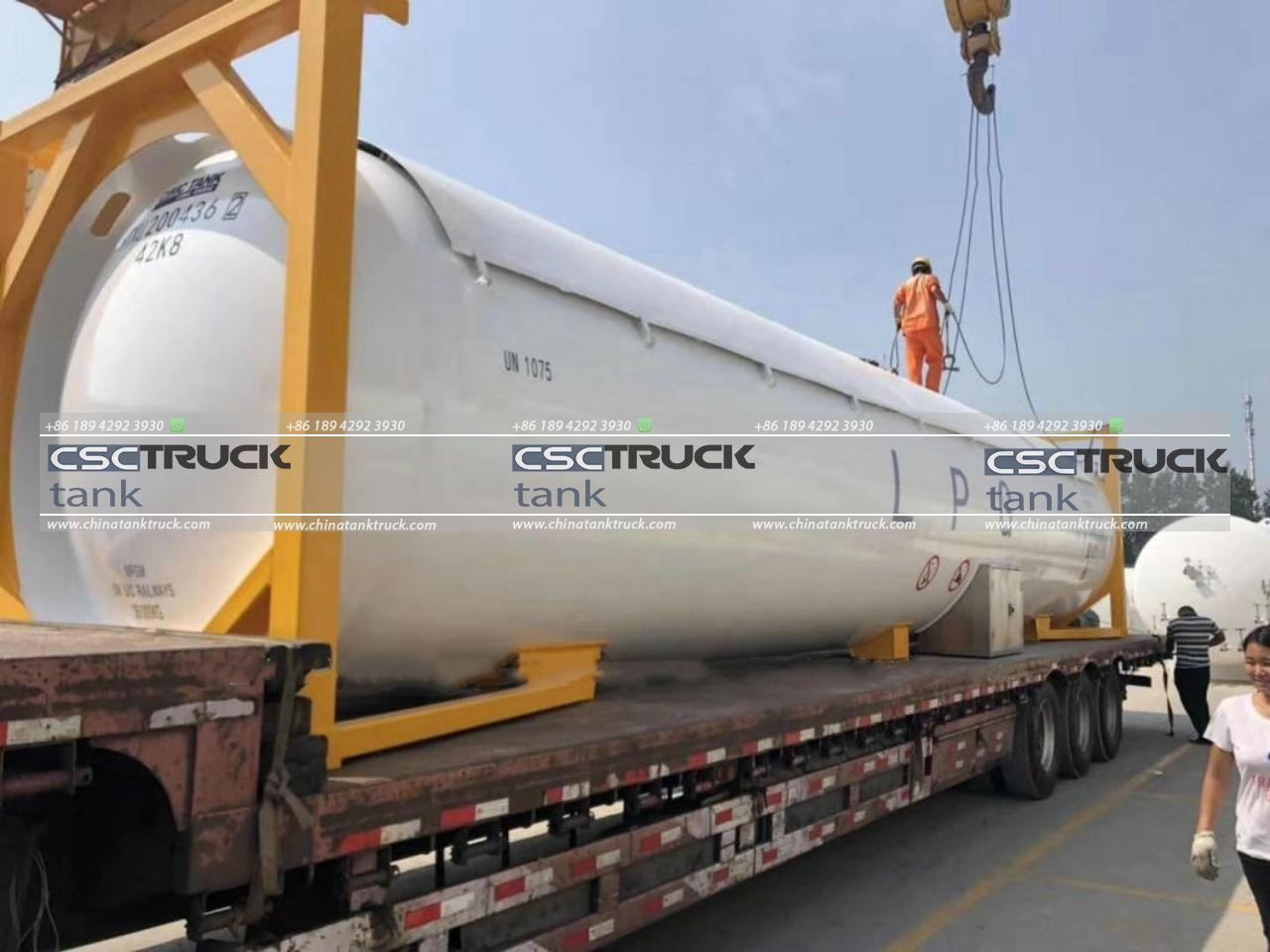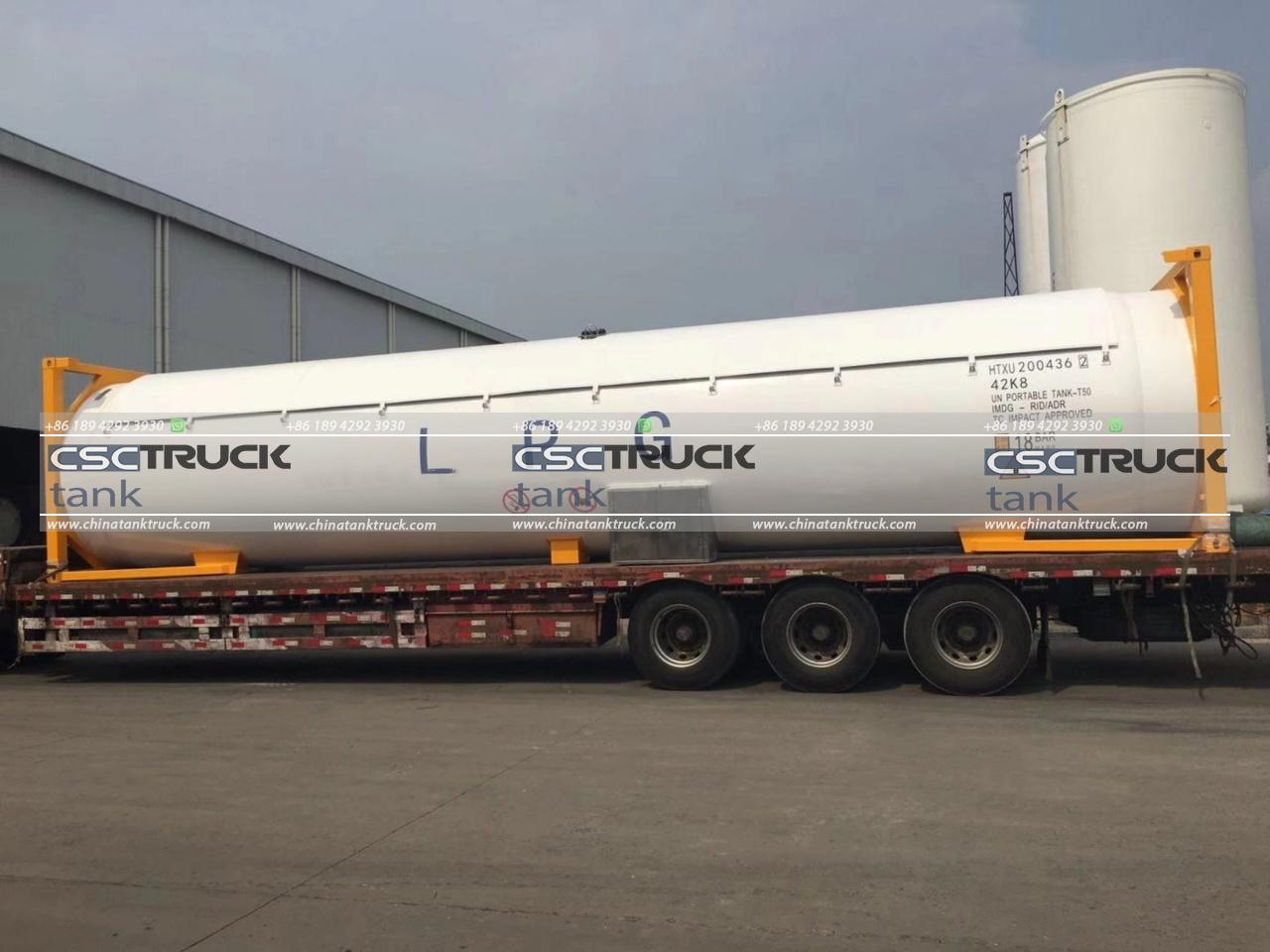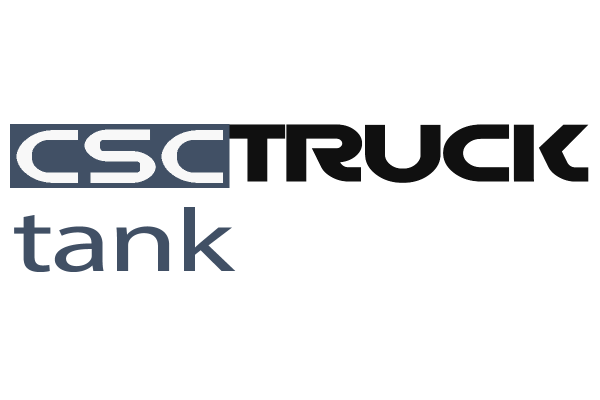What is the Difference Between an ISO Container and an ISO Tank?
In the world of logistics and transportation, ISO containers and ISO tanks are 2 fundamental tools that facilitate the movement of goods across the globe. Though they might sound similar, they serve distinct purposes and have different characteristics. Understanding these differences is crucial for businesses and professionals involved in shipping and freight management. This article delves into the key differences between ISO containers and ISO tanks, including their design, usage, and advantages.
1. Understanding ISO Containers
ISO containers, also known as shipping containers, are standardized metal boxes designed for the efficient and secure transportation of goods. The International Organization for Standardization (ISO) has established standardized dimensions and specifications for these containers to ensure interoperability across different modes of transport, including ships, trucks, and trains.

Design and Specifications:
ISO containers typically come in 2 main sizes: 20 feet and 40 feet in length. They are constructed from high-strength steel and are equipped with corner castings, which allow them to be easily handled by cranes and other machinery. These containers are generally classified into different types based on their design features, including:
– Dry Containers: Standard containers used for general cargo.
– Reefer Containers: Insulated and refrigerated containers for temperature-sensitive goods.
– Open Top Containers: Containers with removable tops for loading bulky or oversized items.
– Flat Rack Containers: Containers with no sides or top, ideal for heavy and irregularly shaped cargo.
Usage:
ISO containers are versatile and are used to transport a wide variety of goods, from electronics and clothing to machinery and food products. They are designed to protect the cargo from environmental elements and are easy to stack and handle, making them ideal for long-distance and intermodal shipping.

2. Understanding ISO Tanks
ISO tanks, or ISO tank containers, are specialized containers designed for transporting liquids. They are also standardized by ISO to ensure compatibility across different transport modes. Unlike ISO containers, ISO tanks are cylindrical and are built to safely handle and transport hazardous or non-hazardous liquids.
Design and Specifications:
ISO tanks are constructed with a stainless steel tank inside a protective frame. The tank is typically surrounded by an outer frame that includes features such as:
– Insulation: To maintain the temperature of the liquid.
– Heating Coils: For products that need to be heated to remain in a liquid state.
– Safety Valves: To manage pressure and prevent leaks.
– Pumps and Loading/Unloading Equipment: For efficient handling of liquids.
ISO tanks come in various sizes, but the most common capacity is around 20,000 liters (5,283 gallons). They are designed to meet stringent safety and regulatory standards, especially for the transportation of hazardous materials.
Usage:
ISO tanks are used primarily for transporting liquids such as chemicals, pharmaceuticals, food and beverage products, and fuels. Their design ensures that the liquid cargo remains secure and stable during transport, reducing the risk of spills or contamination.

3. Key Differences Between ISO Containers and ISO Tanks
1. Purpose and Cargo Type:
The primary difference between ISO containers and ISO tanks is their intended use. ISO containers are designed for dry, general cargo, while ISO tanks are specialized for transporting liquids. This fundamental difference affects their design, handling, and the types of goods they can transport.
2. Design and Structure:
ISO containers are rectangular boxes with standardized dimensions, made from steel and featuring a sturdy frame and corner castings. They are primarily used for transporting solid goods and can be easily stacked and handled by cranes and forklifts. In contrast, ISO tanks are cylindrical and are surrounded by a protective frame. They are equipped with features specific to liquid cargo, such as insulation, heating coils, and safety valves.
3. Handling and Safety:
Handling ISO containers involves standard equipment like cranes and forklifts, which can easily lift and move these units. They are designed to be robust and stackable, making them ideal for intermodal transport. ISO tanks, on the other hand, require specialized handling equipment for liquids. They have built-in safety features to manage the pressure and temperature of the liquid cargo, reducing the risk of leaks and ensuring safe transport.
4. Intermodal Compatibility:
Both ISO containers and ISO tanks are designed to be used across different transport modes, including ships, trucks, and trains. However, ISO containers are more versatile in terms of cargo types and are widely used for general goods. ISO tanks are specifically designed for liquid transport and might not be as versatile in terms of handling different types of goods.
5. Maintenance and Cleaning:
ISO containers require periodic maintenance to ensure their structural integrity and cleanliness. They need to be checked for rust, dents, and damage. Cleaning is generally straightforward, especially for dry containers. ISO tanks, due to their use for transporting liquids, require more meticulous cleaning and maintenance to prevent contamination and ensure that residues from previous cargo do not affect the new load.
4. Advantages of ISO Containers and ISO Tanks
ISO Containers:
– Versatility: Suitable for a wide range of dry cargo.
– Stackability: Easy to stack and handle, optimizing space in shipping yards and on transport vehicles.
– Durability: Designed to withstand various environmental conditions.
ISO Tanks:
– Safety: Equipped with features to handle hazardous and non-hazardous liquids safely.
– Efficiency: Designed for quick loading and unloading of liquids.
– Temperature Control: Can maintain the required temperature for sensitive liquid cargo.

Conclusion
ISO containers and ISO tanks play pivotal roles in the global logistics and transportation industry. While they share some similarities in standardization and intermodal compatibility, they are designed for different types of cargo and have distinct features tailored to their specific purposes. Understanding these differences is essential for optimizing shipping operations and ensuring the safe and efficient transport of goods. Whether you are dealing with dry cargo or liquid commodities, choosing the right container is key to successful logistics management.









